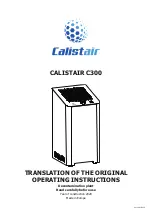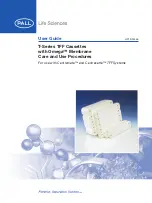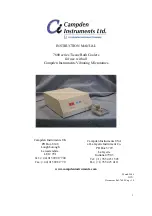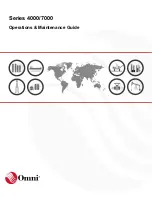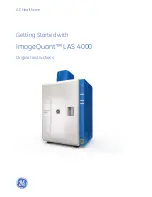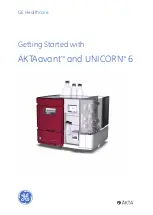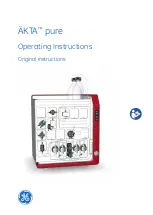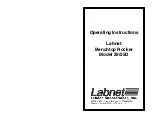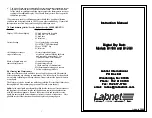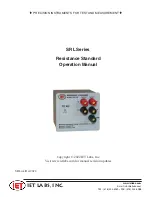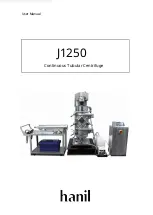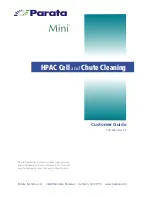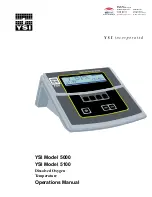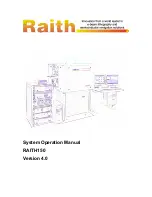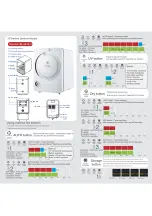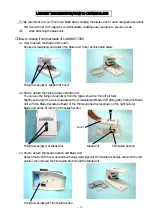Summary of Contents for ADVIA 2400
Page 1: ...ADVIA 2400 Chemistry System Operator s Guide 073D0403 01 Rev A 2009 06 ...
Page 12: ...12 ADVIA 2400 Operator s Guide ...
Page 64: ...64 ADVIA 2400 Operator s Guide ...
Page 98: ...98 ADVIA 2400 Operator s Guide ...
Page 165: ...Maintenance 165 ...
Page 167: ...Troubleshooting 167 ...
Page 173: ...System Setup 173 ...
Page 177: ...System Setup 177 ...
Page 181: ...Appendix 181 ...
Page 182: ...182 ADVIA 2400 Operator s Guide ...


















